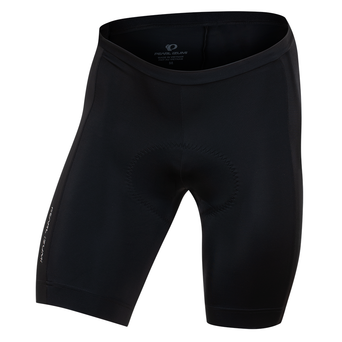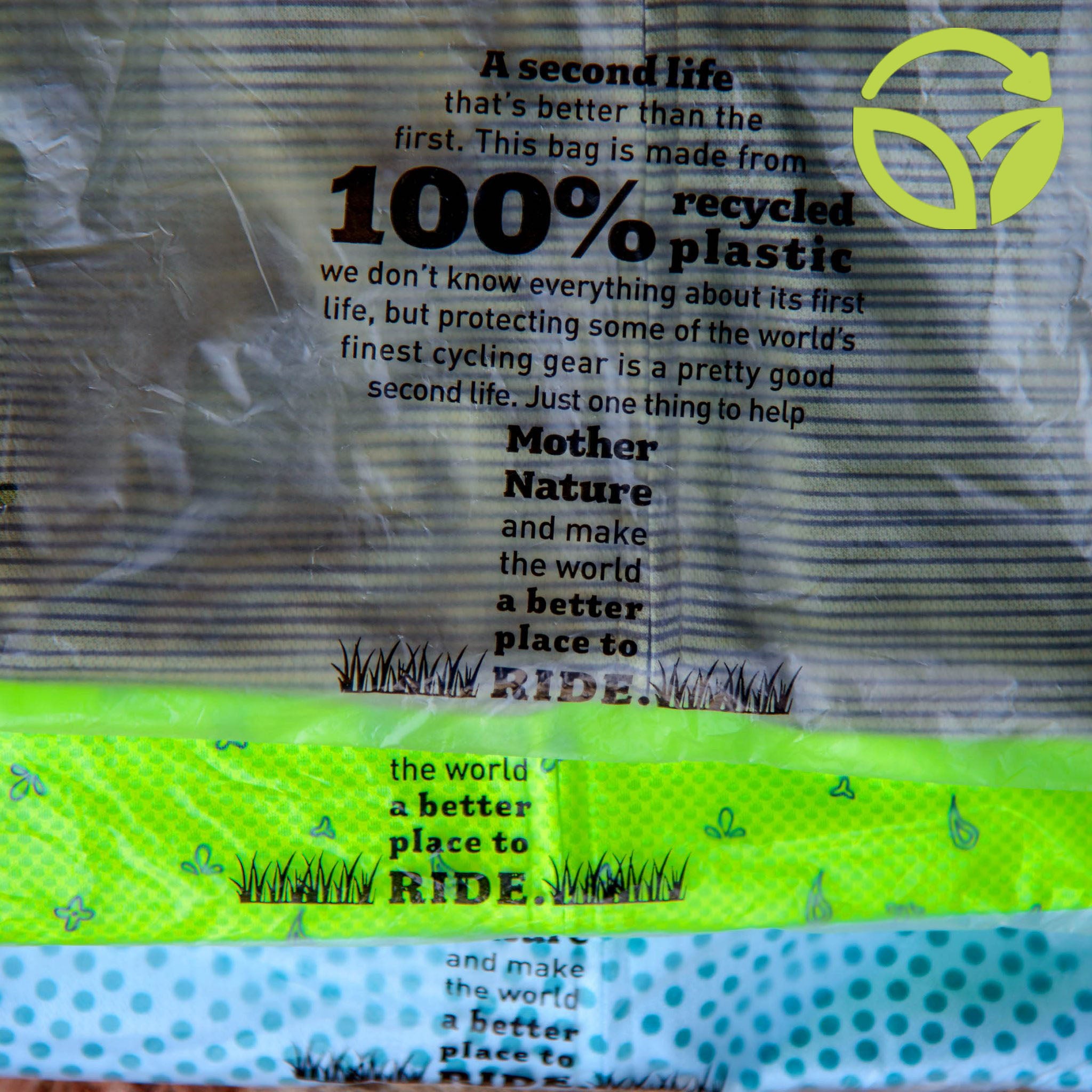When you are striving to make a big leap, figuring out how to improve performance isn’t always easy. First, you need to know your baseline stats, then you need to prioritize where to focus your efforts. This is why coaches exist: to step in with an external perspective on what you can improve and give you the tools you need to make it happen.
It happens off the bike, too. We wanted to make our products more sustainable, but how?
Before we officially adopted our social purpose to “Ride More, Do More” earlier this year, Carol Little was already looking toward the future. As senior manager of materials and sourcing, Carol is in a prime position to witness the majority of our supply chain, and she recognized room for improvement around sustainability measures.
The challenge for any company trying to improve its social and environmental footprint is in knowing where to start. As you can imagine, a business with a global supply chain becomes its own complex ecosystem where each decision can have a butterfly effect of repercussions.
When it comes to prioritizing and choosing sustainable solutions, the most obvious solution is not always the best solution. We needed a coach.
Back in 2015, Carol found a “coach” called the Higg Index. She helped spearhead PEARL iZUMi’s engagement with this tool, which is a sustainability grading system for the apparel industry.

What’s the Higg Index and why should we care?
The Higg Index is a tool that nearly 10,000 companies use to measure environmental, social and labor impacts across the entire supply chain. It was developed by the nonprofit, Sustainable Apparel Coalition (SAC), and its use is widely supported by the Outdoor Industry Association (OIA), one of our trade organizations.
Each year, participating brands, suppliers, and manufacturers voluntarily fill out comprehensive reports on all aspects of their operations. “Higg covers everything,” explains Carol. “It covers transportation, social purpose initiatives, shipping, human resources practices and initiatives, employee diversity, employee welfare, wellness programs, community involvement, greenhouse gas initiatives, energy conservation.” You get the picture. It’s a big deal.
The SAC compiles the reports and does two things. First, it scores a brand’s sustainability performance in terms of materials and operational practices. Then, it amalgamates all of the reports to set sustainability benchmarks for the entire industry.
With these in place, we can gauge our own progress year to year. And we can gauge how we’re doing compared to the outdoor industry as a whole. Plus, we’re contributing to a significant data pool that has potential to improve the social and environmental track record of the global apparel industry. We’re small compared to the H&M’s and the Levi’s of the world, but we’re committed to doing our part.
PEARL iZUMi is the only cycling apparel brand currently completing the Index.


Great! Where can you find our scores?
The scores have no frame of reference outside of the Higg Index itself. Without a thorough knowledge of the Higg and the apparel industry’s global supply chain, the scores are simply not descriptive qualifiers.
The SAC is working on how to make this a user-friendly tool for consumers. For now, it remains an industry-specific tool. We can see scores for companies we work with directly, but even we cannot access all scores. As a roadmap for self-improvement and a living, an evolving benchmark of best practices, the Higg Index allows participating brands to determine their own level of transparency around involvement and results.
While our approach is to welcome you along for the journey—the good, the bad and the ugly, we respect every brand’s right to chart their own path.
The unfortunate truth is that the apparel industry is the world’s second largest polluter behind the oil industry. That reality didn’t happen overnight, and with a supply chain this complex, turning the tide is going to take time. Brands need to make sweeping changes individually and collectively.
The Higg Index is a catalyst for those changes.
That brands can choose to keep Higg results private is crucial for engagement. The Index exists to help companies make better decisions moving forward, and not shame them for choices from the past.
Regardless, companies completing the Index are doing so for a very precise and consistent reason: They want to do the right thing for people and the environment.
We can say confidently that no brand is going to complete Higg reports year after year without making operational changes. It’s too much time, effort and money to invest if a brand isn’t fully committed to improving their sustainability track record.

No, really. How are we doing?
The next round of full Higg scores will be delivered early summer 2019. We’ll keep you posted with a comprehensive report at that time. Here’s a brief year-end snapshot.
“In general, we’ve been doing a good job at the low-hanging fruit,” says Carol. “And there are still a lot of things we can do.”
The durability and longevity of our products score really well, as do the transparency and awareness of our supply chain. The Higg Index helped us to identify opportunities to improve shipping controls and our packaging, where we’ve made huge strides for 2019.
We’ve implemented three, in-house action groups (business practices, products, advocacy) to identify where to focus our energies next. The Higg Index provides an extra boost of confidence that we’re evaluating and prioritizing those goals appropriately.
So, yep. We’ve effectively hired a coach to evaluate everything—our choices, our actions, our involvement—and we’re going to use this information to improve step-by-step like a world-class athlete. The difference is that our goal isn’t to win a sustainability competition. We are improving our own performance, and we’re helping other organizations make the same improvements.




